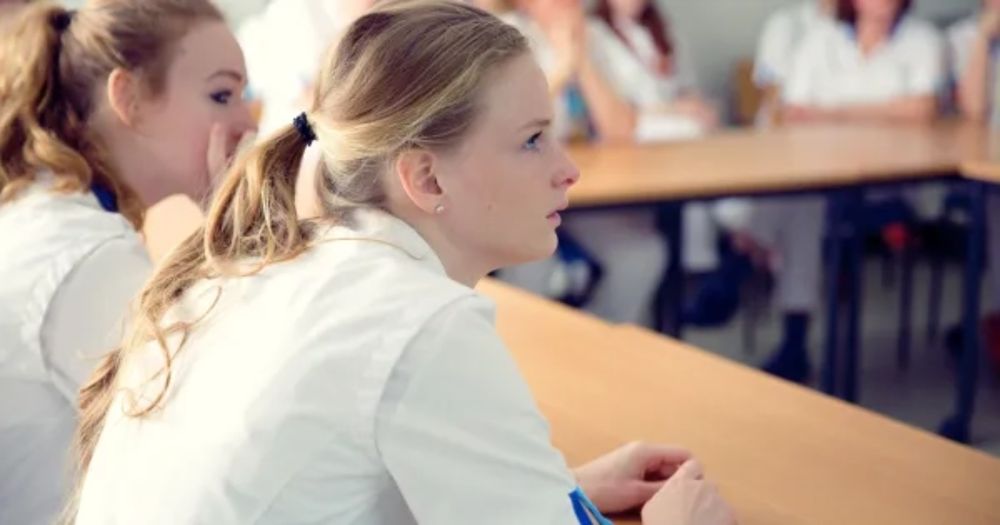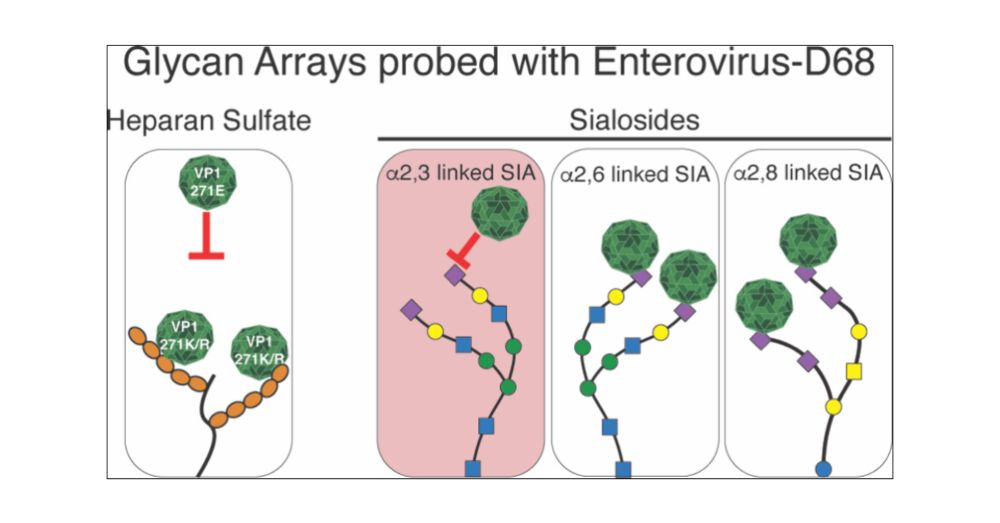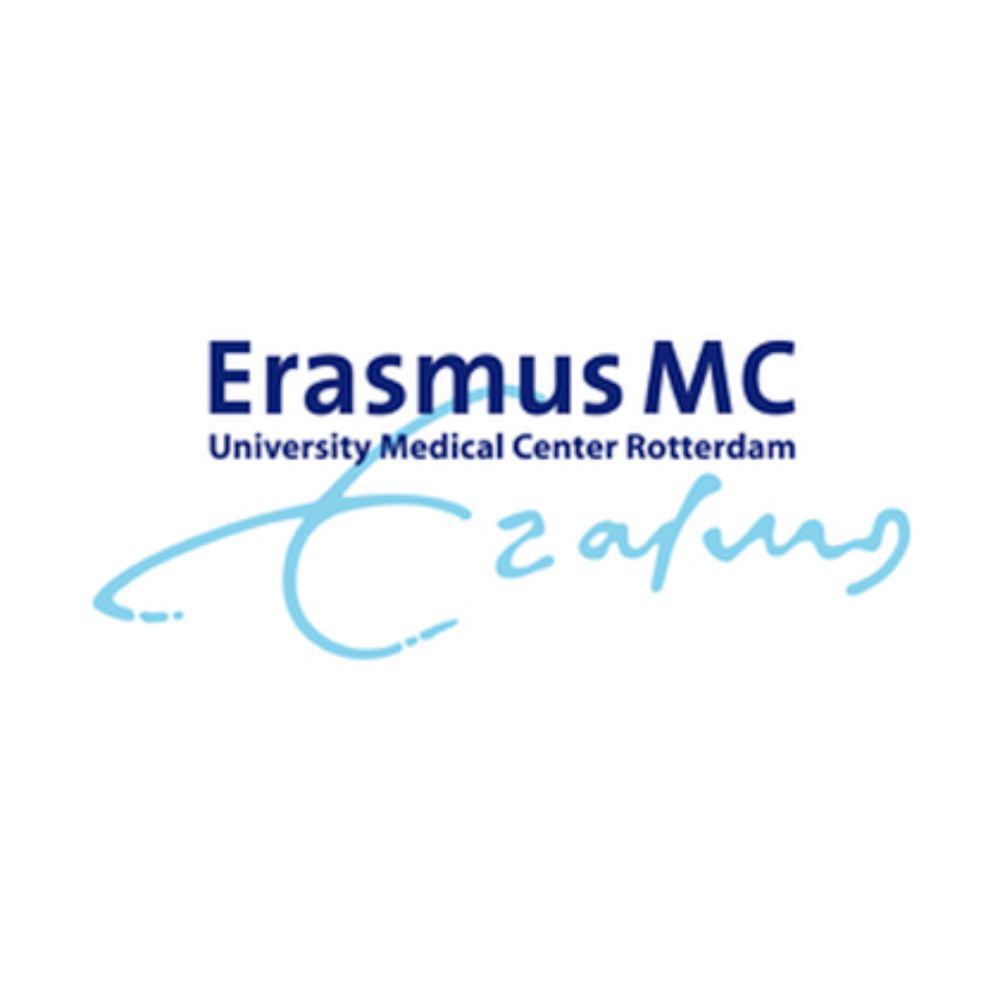Debby van Riel
@debbyvanriel.bsky.social
420 followers
460 following
41 posts
Associate Professor ○ Viroscience ○ Erasmus MC ○ The Netherlands
Virology • Influenza • Enterovirus • SARS-CoV-2 • Pathogenesis • neuropathogenesis • Pathology • WomeninSTEM
Posts
Media
Videos
Starter Packs
Reposted by Debby van Riel
Robert de Vries
@rpdevrieslab.bsky.social
· Jul 10
Reposted by Debby van Riel
Reposted by Debby van Riel
Reposted by Debby van Riel
Robert de Vries
@rpdevrieslab.bsky.social
· Apr 25

The receptor binding properties of H5Nx influenza A viruses have evolved to promiscuously bind to avian-type mucin-like O-glycans
Highly pathogenic H5Nx influenza A viruses are causing unprecedented, season-independent outbreaks across avian and mammalian species, including dairy cattle, a novel reservoir. The sialoside-binding ...
www.biorxiv.org
Debby van Riel
@debbyvanriel.bsky.social
· Apr 17

Vacature: Postdoc Virology
The department of Viroscience at the Erasmus MC and the department of Chemical Biology & Drug discovery at Utrecht University have joined forces to identify functional glycan receptors for influenza A...
www.werkenbijerasmusmc.nl
Debby van Riel
@debbyvanriel.bsky.social
· Apr 15
Reposted by Debby van Riel
Reposted by Debby van Riel










